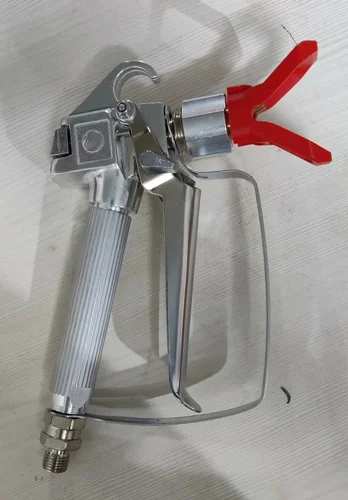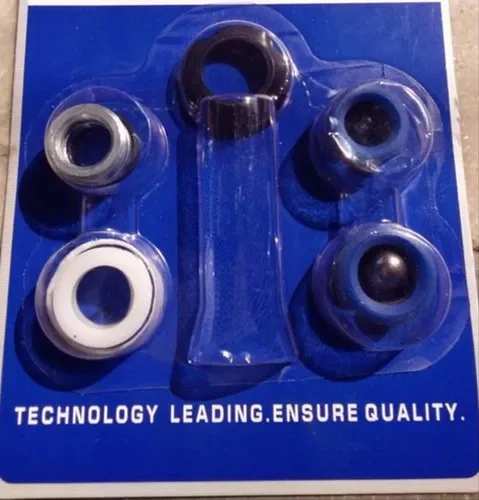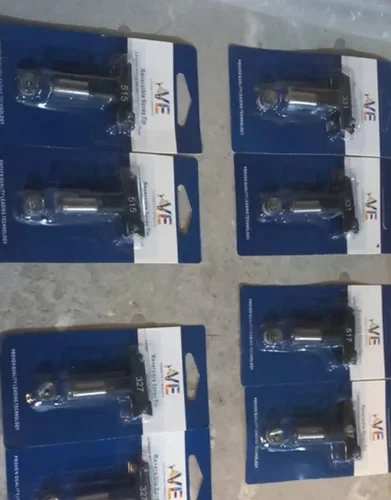Air Consumption: 5 cfm Nozzle Size: 1 mm Body Material: Aluminum Color: Silver & Black Air Pressure: 25 MPa / 3600 psi Usage/Application: Airless Spray Painting VE AG08 airless spray gun which can be use to connect multiple electric and phnumetic machines. An airless spray gun is a tool used to apply paint, stain, and other coatings in a fine mist without using compressed air. Instead, it relies on a high-pressure pump to force the material through a small nozzle, where it atomizes into a spray pattern. Here are some of the key features of an airless spray gun: High pressure pump: The pump is the heart of the airless spray gun, generating the pressure needed to atomize the coating. It is typically powered by an electric motor, although gas-powered models are also available. Nozzle: The nozzle is where the coating is atomized into a spray pattern. The size and shape of the nozzle will determine the width and consistency of the spray. Trigger and trigger guard: The trigger controls the flow of coating from the gun. The trigger guard helps to prevent accidental spraying. Filter: The filter helps to remove any debris from the coating that could clog the nozzle. Hose: The hose connects the gun to the pump and allows for freedom of movement while spraying.
Send Message


